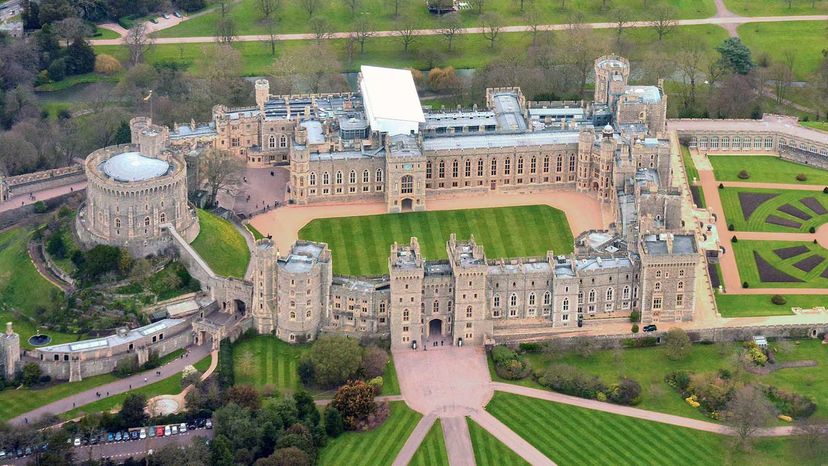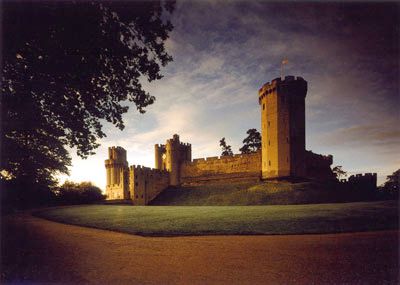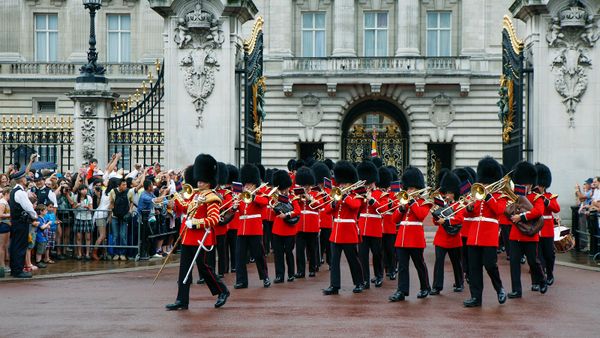
Key Takeaways
- Castles were built for defensive purposes and often located in strategic positions and equipped with fortifications to protect against attacks.
- Palaces serve no defensive purpose; instead, they are luxurious residences designed to showcase wealth and power, featuring elaborate architecture and decorations.
- Buckingham Palace is a prime example of a palace, situated in central London not for defense but as a grand royal residence intended to impress visitors and display the royal family's stature.
If you hear the word "castle" or the word "palace," you might picture the same kind of building for both: large, made of cut stones, probably with a tower or turret. And, of course, you're not entirely wrong, as those are features of both palaces and castles.
So then why bother calling one royal building in the United Kingdom Buckingham Palace and another in the same country Windsor Castle? It turns out there is a difference, and you can see it pretty plainly in these two popular buildings.
Advertisement
Advertisement


